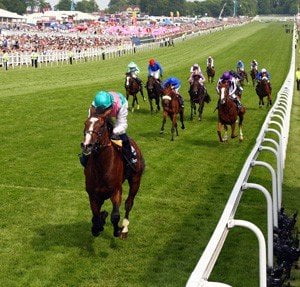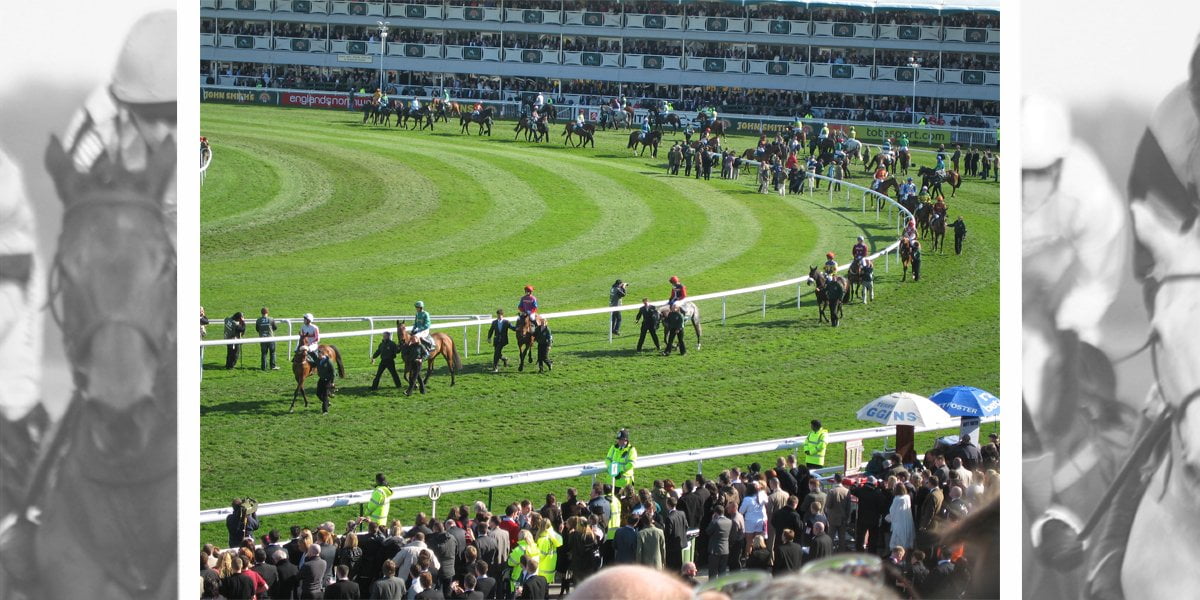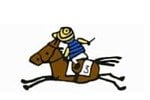
The Bunbury does not quite have the same ring to it as the Derby but, if a coin had fallen the other way, that is how the premier Classic would probably have been known.
In 1776, ‘Gentleman’ Johnny Burgoyne, a soldier, playwright and politician who was married into the Derby family and had leased his Surrey mansion, the Oaks, to the 12th Earl of Derby, Edward Smith-Stanley, urged his friend to introduce a race for three-year-old fillies over a mile and a half to emulate his old comrade in arms Anthony St Leger, founder of the St Leger at Doncaster.
Three years later, on 14 May 1779, on the Downs above the spa town of Epsom, the initial Oaks was run and, appropriately, was won by Lord Derby’s Bridget.
At a celebratory party that evening, Burgoyne proposed that, because the Oaks was such a great success, a similar race should be founded for both colts and fillies.
Sir Charles Bunbury, a distinguished figure in the world of racing, was behind the concept of racing over a mile or a mile and a half.
Legend has it that Bunbury and Derby discussed the possibility and all that was left to do was name the race. Apparently, it was the toss of a coin in the latter’s favour that secured the race title which lives on as strongly as ever.
On 4 May 1780, the inaugural Derby Stakes was run for £1,065 15s. Despite losing the flip of the coin, Bunbury got some compensation when Diomed carried his pink and white silks to success.
Lord Derby had to wait until 1787 before he saw his colours emerge triumphant in the Classic, when the previously unraced Sir Peter Teazle scored under Sam Arnull. Sir Peter Teazle was retired to stud in October, 1789, and developed into a great sire.
By the middle of the 19th century, the Derby had established itself as the most important race of the year in Britain, with many thousands flocking to Epsom Downs where there was also a huge fair.
Traditionally run on the first Wednesday in June, but now on the first Saturday of the month, the British Parliament did not sit on Derby Day such was the importance of the Classic.
The race spawned copies around the world and there are well over 200 different Derbys, some very illustrious like the Kentucky Derby – America’s most famous race – and others less so.
After the American Civil War, the Kentucky Thoroughbred industry experienced hard times and Colonel Meriwether Lewis Clark represented a group interested in reviving racing in the state.
He travelled to England and France in 1872 to study European horseracing. While in England, Colonel Clark saw the famous Epsom Derby and, when he returned to Louisville, he made plans to create a race like the one he had witnessed. The first Kentucky Derby was run at Churchill Downs in 1875.
The fact that the Kentucky Derby is run on dirt rather than turf and takes place over 10 rather than 12 furlongs in early May does not diminish the sense of flattery the Derby should feel. The name Derby was used in America and many other countries to denote the best race for three-year-olds.
Epsom Downs Racecourse in Surrey has been the stage for the premier British Classic, except during both World Wars (1915-1918, 1940-1945) when the course was used to house prisoners of war. A substitute race, the New Derby, was staged at Newmarket instead.
The Derby, a tough challenge for three-year-olds over the unique undulating track and a mile and a half, remains one of the most prestigious Flat races in the world and is the richest race for three-year-olds in Europe, being worth £1,250,000.
There is a hugely illustrious roll of honour, which includes Santa Claus, Sea-Bird, Nijinsky, The Minstrel, Mill Reef, Grundy, Troy, Shergar, Reference Point, Nashwan, Generous and, more recently, Galileo, High Chaparral, Lammtarra, New Approach, 2010's outstanding winner Sea The Stars who went through the season unbeaten at the highest level, and last year's winner Workforce who broke the race's record set by Lamtarra in 1995 by 0.98 seconds and achieved the second-biggest winning margin (8 lengths) since Shergar in 1981 (10 lengths). (Workforce's win pictured top, courtesy of Racingfotos.)
Such names evoke a superb sense of history, partly through their terrific performances over Epsom Downs but also, for some, through their legacy as top stallions. Galileo, European champion sire in 2008 thanks largely to his Derby winner New Approach and Coronation Cup victor Soldier Of Fortune, and again in 2010 and 2011, demonstrated his prowess over the course as recently as 2001.
There is a lively ante-post betting market for the Derby which starts up a year before the race and helps sustain interest through the winter and into the spring.
Then the Classic trials get under way and the hopes and dreams of owners, trainers, jockeys, racegoers and punters are either encouraged or dashed as the first Saturday in June draws closer.
Derby Day draws the biggest infield crowd of any raceday each year in Britain and the sense of occasion is palpable. There is a huge roar of anticipation as the starter lets the runners go and they make their way uphill to the highest point of the course, over 500 feet above sea level, before sweeping down and going around Tattenham Corner to enter the straight where the finish is fought out.
The Derby is one of five British Classics, the others being the Oaks, 1000 Guineas (Newmarket), 2000 Guineas (Newmarket) and St Leger (Doncaster). The last two, along with the Derby, make up the British Triple Crown which 15 horses have achieved, starting with West Australian in 1853 and ending for the moment with Nijinsky in 1970.
GUIDE TO THE EPSOM DERBY FESTIVAL 2012 – CLICK HERE
Allison is the Publisher of Eclipse Magazine. She loves going to the Races and is learning to bet (despite being officially the worst bettor in the History of the Universe), there’s a lot more to learn…






